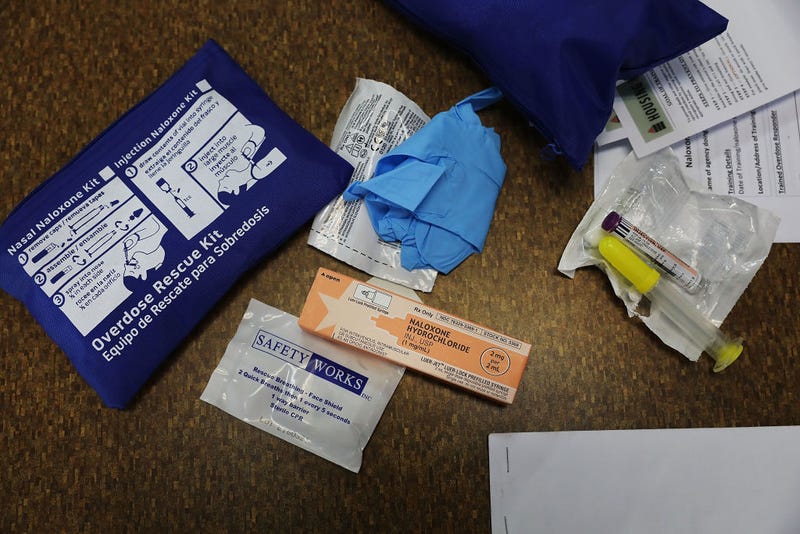
The opioid-driven drug overdose crisis in San Francisco, which accelerated in 2020, continues to kill an average of more than 50 people nearly every month in the city.
From January to June of this year, 344 people have died of accidental overdoses in San Francisco, 256 of which involved fentanyl, a synthetic opioid 50 to 100 times more powerful than morphine, according to the latest report from the Office of the Chief Medical Examiner.
The spate of overdoses could have been much higher if weren’t for the distribution of the opioid reversal drug naloxone, more commonly known by its commercial name, Narcan.
Narcan has already been administered more than 4,200 times in San Francisco in just the first six months of 2021 by the Drug Overdose Prevention and Education Project, according to reporting by the San Francisco Chronicle. DOPE is a nonprofit initiative of the National Harm Reduction Coalition that partners with the San Francisco health department.
At the current pace, the 2021 total would exceed 7,700. It’s unknown exactly how many uses of Narcan reversed a certain death.
Narcan is an opioid antagonist that can temporarily reverse overdose effects, including loss of breathing, if administered in time.
Despite the rising number of overdose reversals and lives saved, overdose deaths have continued to rise in recent years as awareness increases about underlying root causes, such as generational trauma and homelessness.
And there’s an increased awareness that the drug epidemic and treatments of substance addiction must be approached differently, according to Dr. Barry Zevin, medical director for street medicine, shelter health and urgent care at the San Francisco Department of Public Health. "I think where we stand in San Francisco now is that everyone is recognizing the extreme danger and toll of fentanyl," Zevin said.
Zevin explained that compared to five to 10 years ago, treating addiction patients is increasingly about understanding how to protect them from dying by reducing harm, rather than trying to persuade a person to quit using.
For example, Zevin said he recently prescribed buprenorphine to a man who came to the clinic with an abscess on his hand from smoking fentanyl. Buprenorphine helps lower the chance of a fatal overdose from opioid use.
Medical science has shown that detox treatment for fentanyl use without follow-up medication is not effective and often leads to relapse in a short period of time. Zevin said medications such as buprenorphine have been the most effective treatment.
But naloxone and buprenorphine are not enough to fix the structural problems that drive addiction and overdose in San Francisco. "Those are harder conversations to have," said Kristen Marshall, the DOPE Project’s manager.

